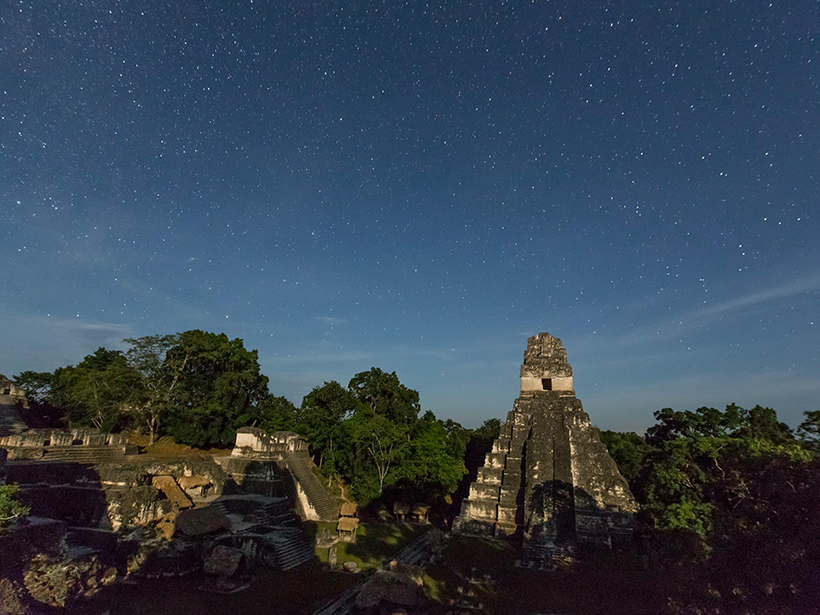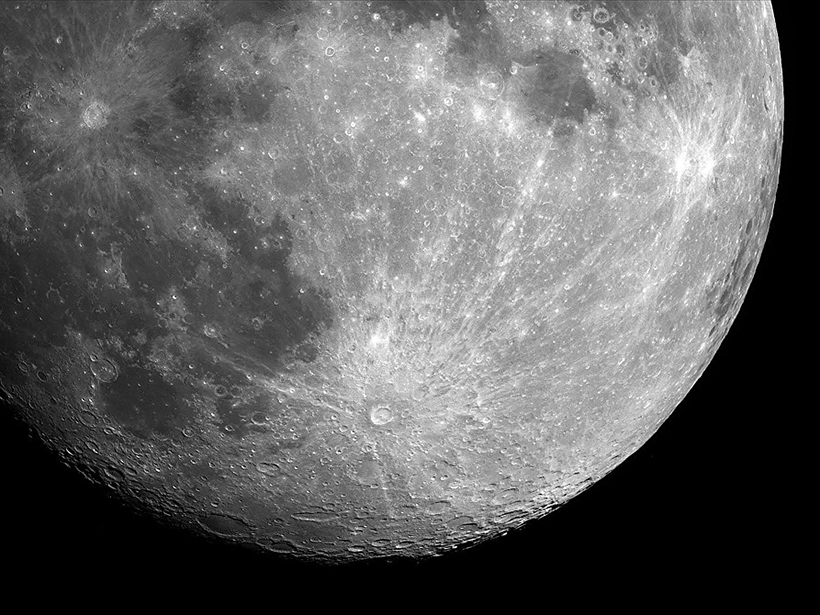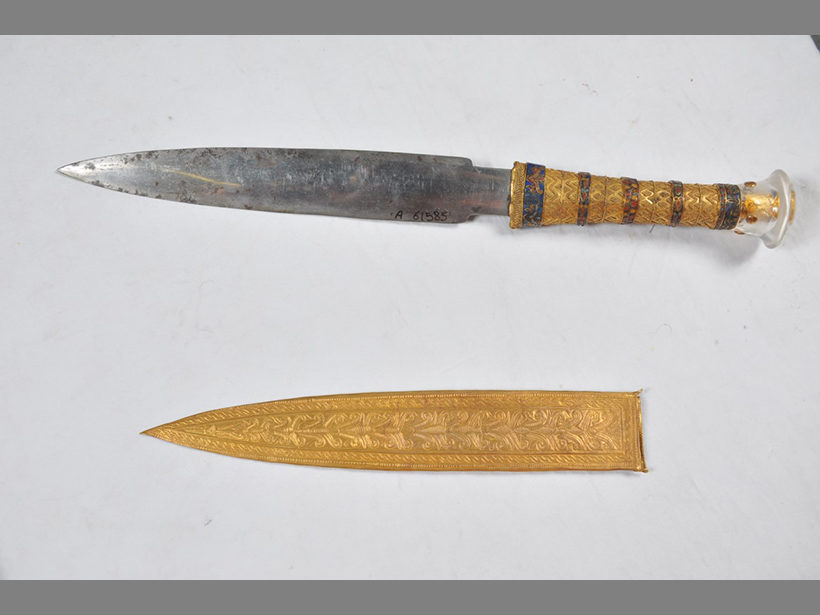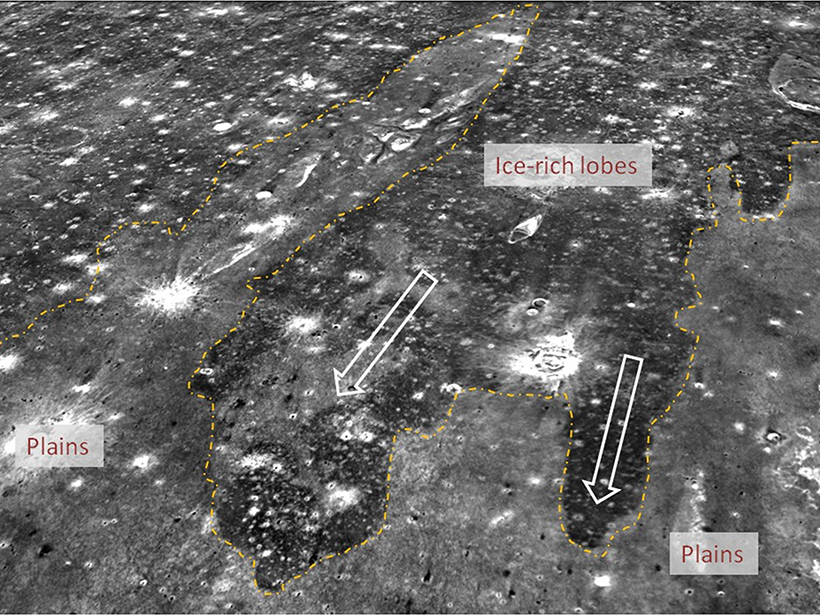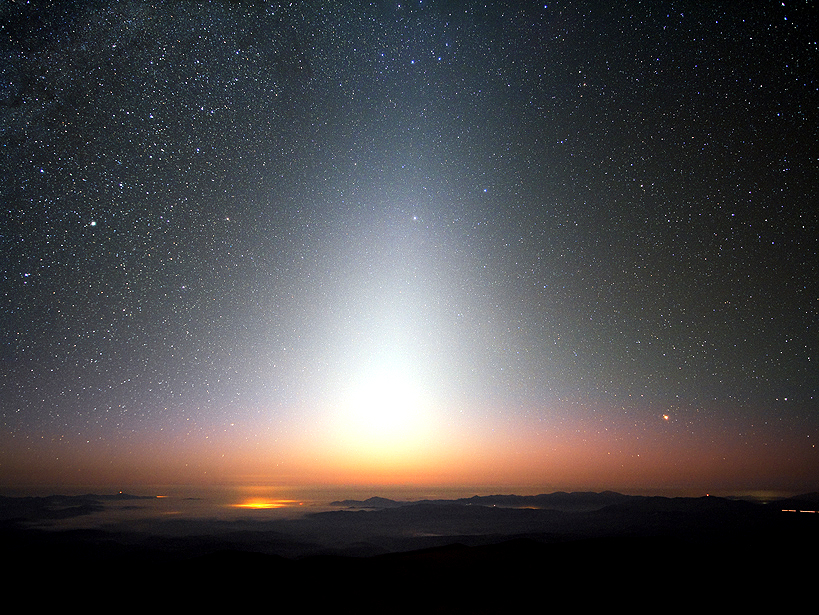Modern astronomical techniques have uncovered clues to a possible facet of Mayan astronomy from nearly 2 millennia ago not found in surviving records.
meteors & meteorites
Tracking Meteor Trails to Study the Mesosphere
Twelve years of radar data reveal new phenomena in Earth’s upper atmosphere.
Meteorites Mix Moon’s Surface at Both Small and Large Scales
A three-dimensional model of material transport suggests that impact cratering can mix lunar soils across distances of more than 100 kilometers.
Urban Micrometeorites No Longer a Myth
After sifting through urban debris for 6 years, one scientist unearthed cosmic dust—confirming a long-held myth about urban micrometeorites.
Pharaoh's Iron Dagger Made from a Meteorite, Study Confirms
After examining the metal under bombardment by X-rays, scientists find the composition of King Tutankhamun's knife blade matches "iron of the sky."
Tsunamis Splashed Ancient Mars
Massive meteorites likely slammed into a Martian ocean billions of years ago, unleashing tsunami waves up to 120 meters tall, a close study of a region of the Red Planet's terrain has found.
Can Meteorite Impacts Disturb a Planet's Magnetic Field?
Such disturbances probably do not occur on our own planet, but evidence for them might still exist elsewhere in the solar system.
Decoding the Radio Transmissions of Shooting Stars
Spectacular fireball meteors don't just light up the night sky—recent observations show they also emit mysterious high-frequency radio waves. Now scientists think they understand why.
Finding Debris Clouds Around Asteroids Headed Our Way
Small spikes in the solar system's magnetic field may help scientists detect overlooked and possibly dangerous debris clouds around near-Earth asteroids.
Shooting Stars and Cosmic Dust Help Form Clouds, Fertilize Plankton
Tons of cosmic dust enter Earth’s atmosphere each day, triggering a range of phenomena that scientists are only just beginning to understand.

